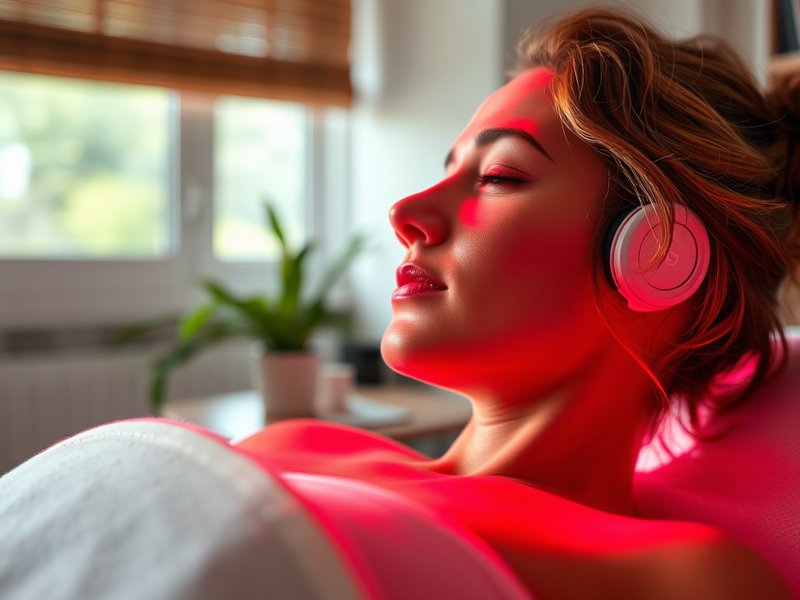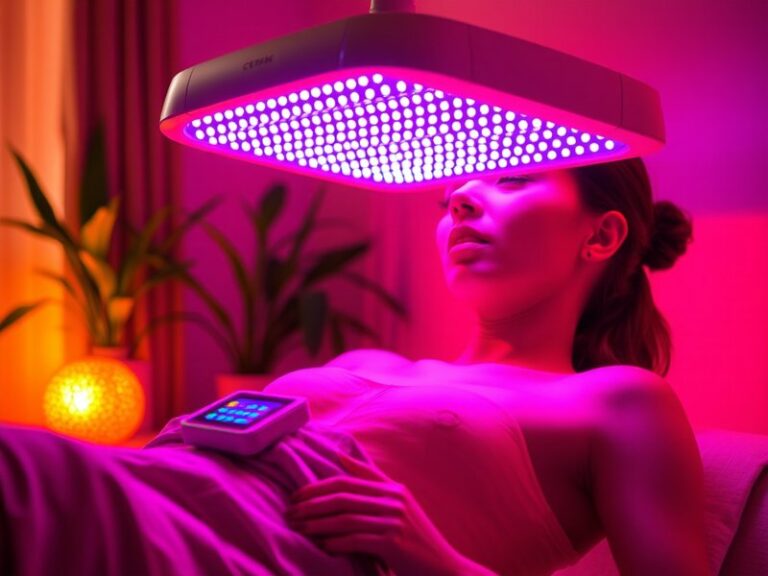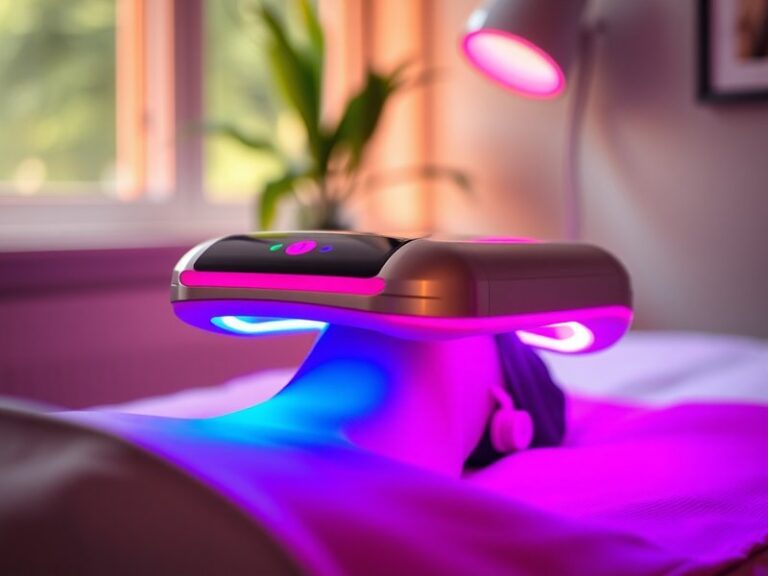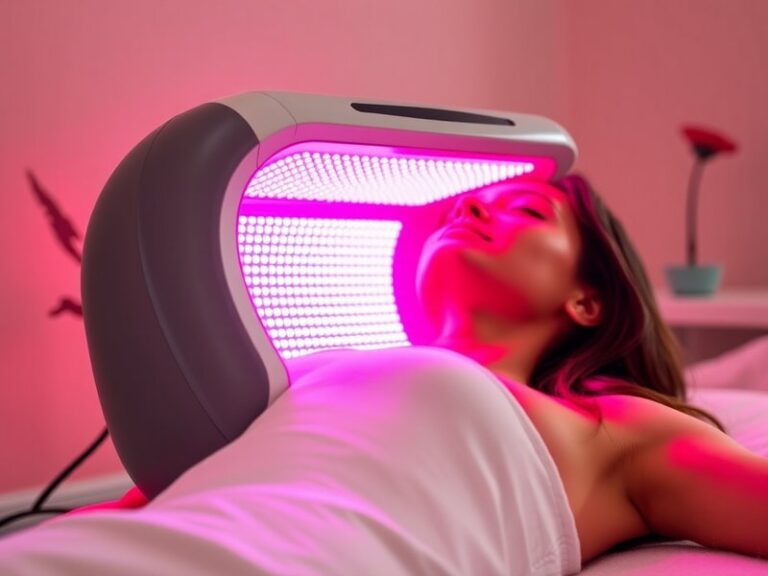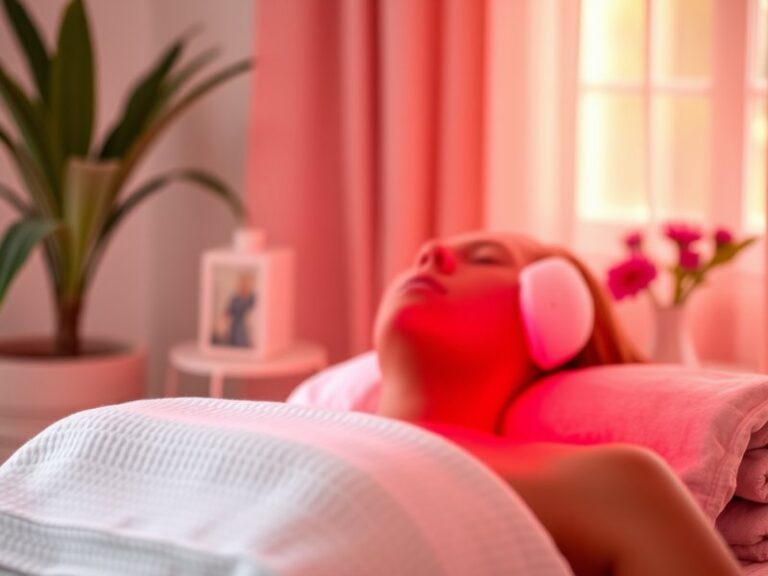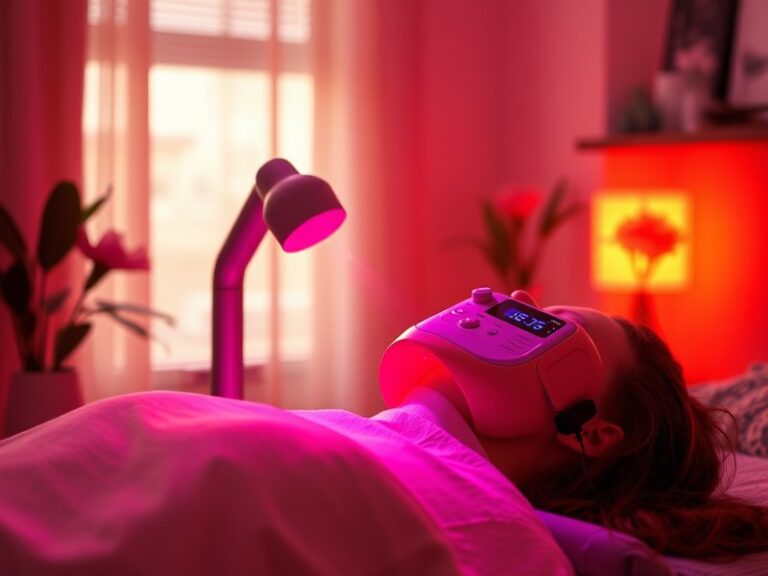Can You Overdose On Red Light Therapy?
Can You Overdose On Red Light Therapy?
Is it possible to overdo something that seems as harmless as red light therapy?
In recent years, red light therapy (RLT) has gained popularity for its purported health benefits, including skin rejuvenation, pain relief, and improved recovery. However, a question that often arises is whether one can overdose on this treatment. This article will explore the concept of red light therapy, its benefits, the possibility of overdosing, and considerations to keep in mind when using it.
Key Takeaways
- Red light therapy has been associated with numerous health benefits, from enhanced skin health to reduced inflammation.
- While it is generally considered safe, there are potential risks associated with excessive use.
- It is essential to follow recommended guidelines to avoid unwanted effects and maximize benefits.
What is Red Light Therapy?
Red light therapy is a non-invasive treatment that uses low wavelengths of red light to stimulate cellular function. This therapy is also referred to as low-level laser therapy (LLLT) or photobiomodulation. RLT works by penetrating the skin layers and promoting cellular processes, which may lead to improved metabolism, increased energy production, and reduced inflammation in the body.
Notably, red light spans wavelengths of roughly 600 to 700 nanometers. Devices such as LED panels, lasers, and handheld devices are commonly used to administer this therapy. As the technology has evolved, RLT is now accessible in clinics and easily used at home due to the availability of affordable light devices.
What are the Benefits of Red Light Therapy?
Red light therapy offers a broad range of health benefits that have garnered the interest of researchers and consumers alike. Below are some notable advantages.
See the comprehensive guide Can Red Light Therapy Age Skin?
Enhanced Skin Health
Red light therapy has been shown to promote collagen production, which may help in reducing wrinkles and improving overall skin texture. Studies suggest that RLT can diminish the appearance of fine lines and age spots while enhancing skin elasticity.
Pain Relief and Reduced Inflammation
RLT can help alleviate pain and reduce inflammation in conditions like arthritis, muscle soreness, and joint pain. The therapy increases blood flow to the affected area, aiding recovery and reducing discomfort.
Improved Wound Healing
Research indicates that red light therapy can accelerate wound healing by enhancing cellular repair and promoting regeneration. This makes it beneficial for athletes and individuals recovering from surgery.
Enhanced Muscle Recovery
Athletes often use RLT to improve muscle recovery post-exercise. The increased blood circulation and reduced inflammation may help speed up recovery times after strenuous workouts.
Is it Possible to Overdose on Red Light Therapy?
While red light therapy is generally viewed as safe, concerns about overexposure do exist. Overdoing RLT could lead to various side effects, although serious consequences remain rare.
What are the Advantages of Following Recommended Dosage?
There are several advantages to adhering to the advised guidelines for red light therapy.
Minimized Risks of Side Effects
Sticking to recommended usage can help prevent skin irritation, redness, or sensations of warmth due to excessive exposure.
Maximized Efficacy
Using RLT within prescribed parameters ensures that the treatment is effective while providing the intended benefits without undue risk.
What are the Disadvantages of Overdoing Red Light Therapy?
Exceeding the suggested use can lead to complications.
Skin Irritation
Overexposure may cause irritation, including redness or a possible burning sensation on the skin.
See our comprehensive review Pre-Red Light Therapy Steps
Diminished Results
More is not always better; excessive treatments could hinder progress rather than enhance the therapy’s benefits.
What are the Things to Consider Before Using Red Light Therapy?
Considering certain factors before engaging in red light therapy can significantly enhance its efficacy while minimizing potential risks.
Consultation with a Healthcare Professional
Before starting RLT, it is advisable to consult a healthcare provider to ensure it is suitable based on your health needs and conditions.
Adherence to Manufacturer Guidelines
Always follow the recommended usage guidelines provided by the manufacturer of the red light therapy device to avoid overexposure and maximize benefits.
Individual Sensitivity Assessment
Each individual may react differently to red light therapy. It is important to start with lower durations and gradually increase exposure while monitoring for any adverse effects.
What are the Alternatives to Red Light Therapy?
If red light therapy is not suitable for you, several alternatives offer similar health benefits.
Cold Laser Therapy
This therapy uses low-level lasers to provide similar pain relief and tissue repair benefits. Like RLT, it is non-invasive and can be beneficial for various conditions.
Infrared Sauna
Infrared saunas provide deep tissue warmth that may improve circulation and enhance relaxation. These saunas promote detoxification and muscle recovery, serving as an effective alternative to RLT.
Ultrasound Therapy
Often used in physical therapy, ultrasound therapy uses sound waves to promote healing and reduce inflammation in tissues. It’s beneficial for pain relief and enhancing mobility when dealing with injury.
Conclusion: Is it Recommended to Use Red Light Therapy?
In conclusion, red light therapy presents numerous potential benefits ranging from improved skin health to pain relief. While it is relatively safe for most individuals, following recommended guidelines is crucial to avoid overexposure and associated risks. Consulting with a healthcare professional can provide additional personalized advice. Overall, red light therapy can be a valuable addition to wellness routines when undertaken wisely.
Frequently Asked Questions
Can anyone use red light therapy?
Generally, yes. However, individuals with specific health issues, such as photosensitivity or those on certain medications, should consult a healthcare professional before use.
How often should I use red light therapy?
Recommended usage varies by device but typically ranges from 3 to 5 times a week for the best results. It’s essential to adhere to the manufacturer’s guidelines.
Are there any side effects of red light therapy?
While most people experience no side effects, some may experience mild redness or warm sensations on the treated skin area, particularly with excessive use.
Can red light therapy help with acne?
Yes, studies suggest that RLT can reduce acne lesions by decreasing inflammation and promoting healing.
Is red light therapy safe for everyone?
While RLT is generally considered safe, pregnant individuals, those with specific medical conditions, or sensitive skin should consult a healthcare provider for personalized guidance.
